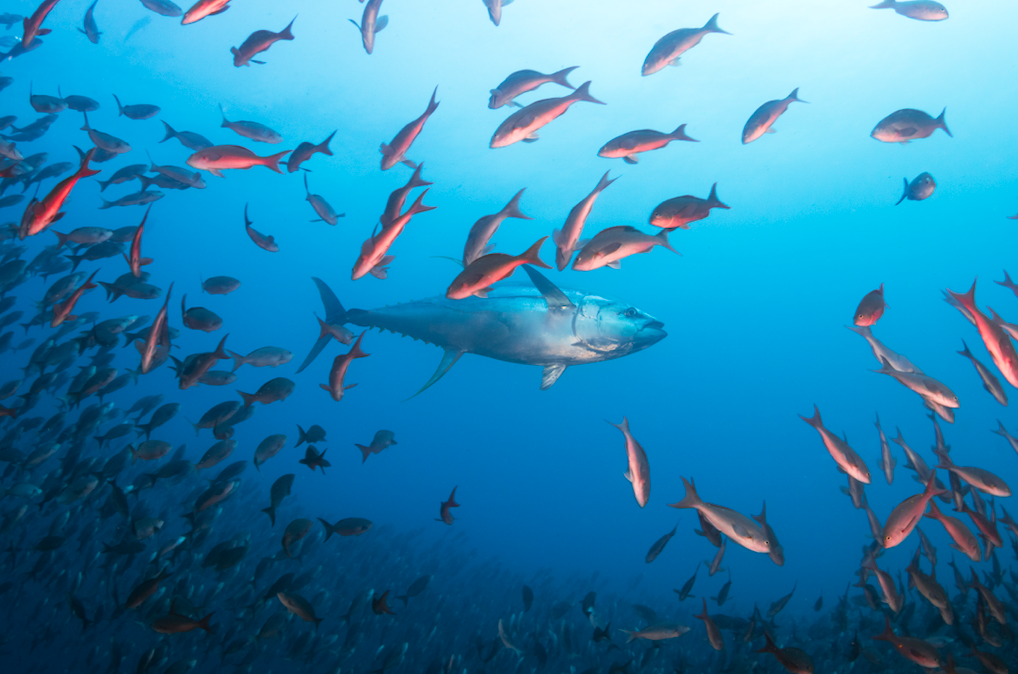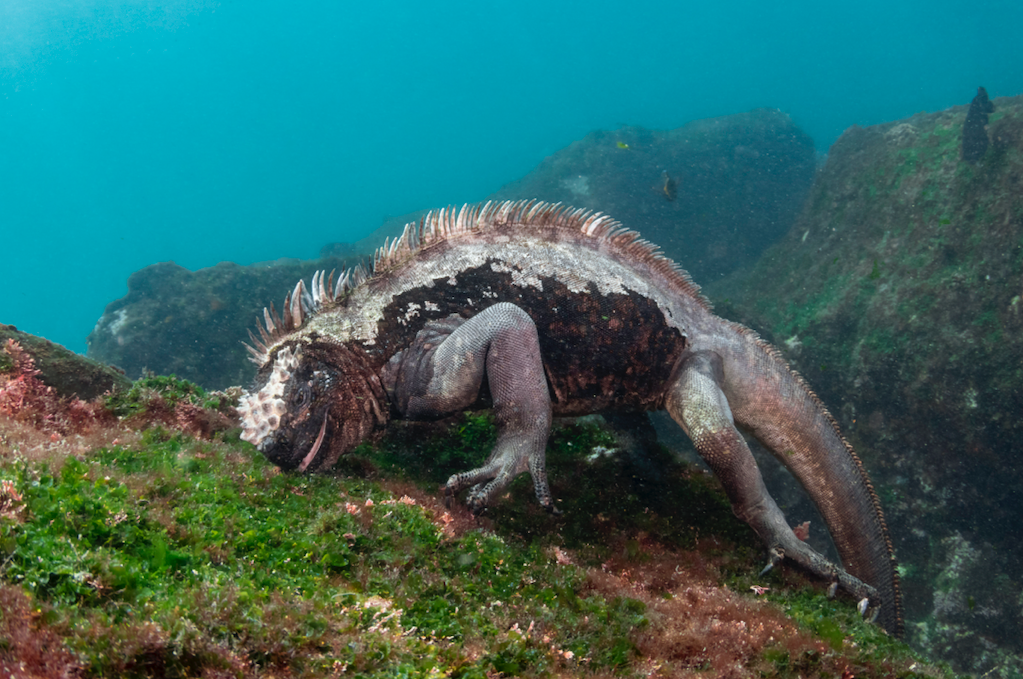The Galapagos Islands are a crossroad for several major ocean currents, each bringing with it a distinct temperature and nutrient profile. The mingling of these waters plays a pivotal role in the biodiversity and climate of the region.
The Humboldt Current: A Cool Visitor from the South
Originating from the cold waters of the Antarctic, the Humboldt Current flows northward along the coast of South America before reaching the Galapagos. This current is cooler and rich in nutrients, which promotes a bloom of marine life. It’s primarily responsible for the cooler water temperatures around the islands, especially during the Rainy season or Garúa season (June to November), when the islands experience cooler and mistier weather.
The Panama Current: Warm Waters from the North
Contrasting the Humboldt, the Panama Current comes from the warm basin of the Central American isthmus. During the warmer season (December to May), this current becomes more dominant, bringing warmer waters and influencing the archipelago’s climate to become more tropical. This shift is crucial for different species, triggering breeding seasons and migration patterns.
The Cromwell Current: The Underwater River
Beneath the surface, the Cromwell Current, also known as the Pacific Equatorial Undercurrent, flows from the west. This deep, cool, nutrient-rich current surges eastward below the warmer surface waters, upwelling on the western shores of the islands. This upwelling is a banquet for marine life, supporting everything from tiny plankton to large whales.

Temperature Swings and Seasonal Shifts
The interplay between these currents results in dramatic seasonal shifts in water temperature, which can range from as low as 16°C (61°F) during the Rainy season to about 25°C (77°F) in the warmer months. These variations are not just numbers on a thermometer; they dictate the rhythm of life in the Galapagos.
Ecological Impacts: A Tale of Two Seasons
During the cooler months, the nutrient-rich waters brought by the Humboldt and Cromwell currents support a high productivity of algae and plankton. This abundance feeds a vast array of marine species, from small fish to large marine mammals like whales and dolphins, and supports the remarkable biodiversity of the Galapagos.
When the warmer Panama Current takes stage, it encourages many marine species to reproduce. Warmer waters are generally less nutrient-rich but are vital for the breeding activities of many fish and other marine creatures, including the famous Galapagos green sea turtles.

The waters of the Galapagos are far more than just a scenic backdrop to the islands; they are dynamic, life-sustaining forces that drive the biological clock of the archipelago. Understanding the role of water temperatures and currents in the Galapagos not only enriches our appreciation of these islands but also underscores the delicat